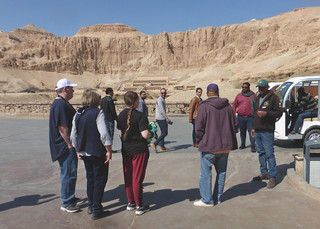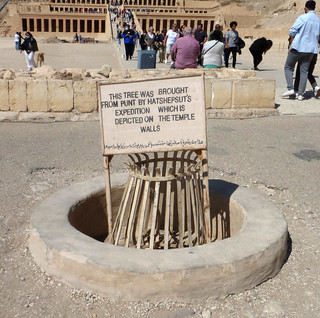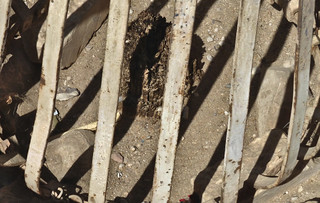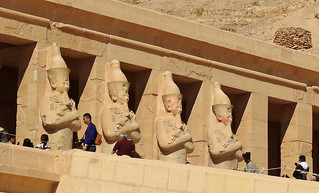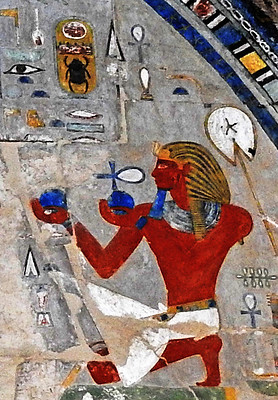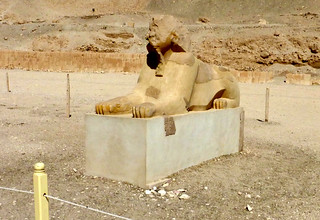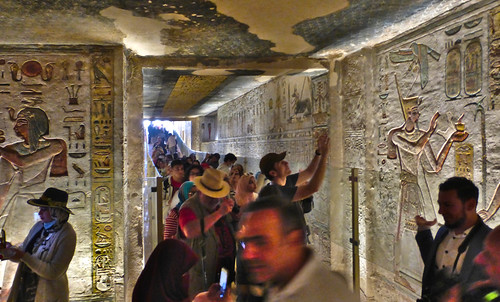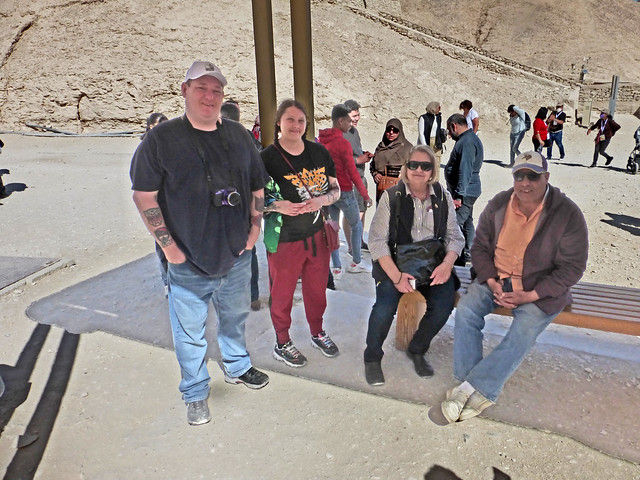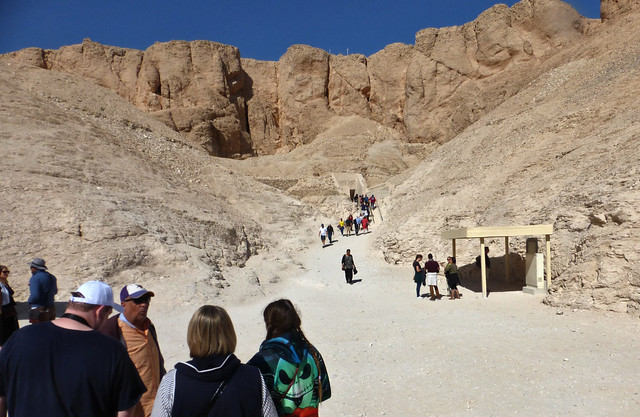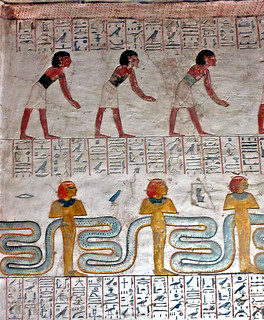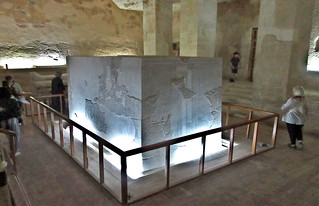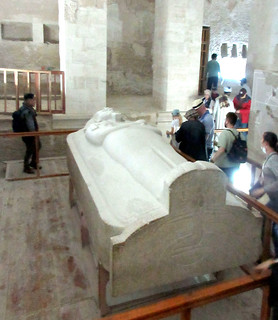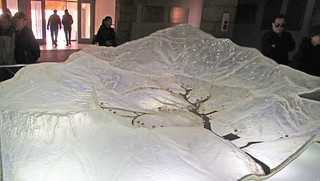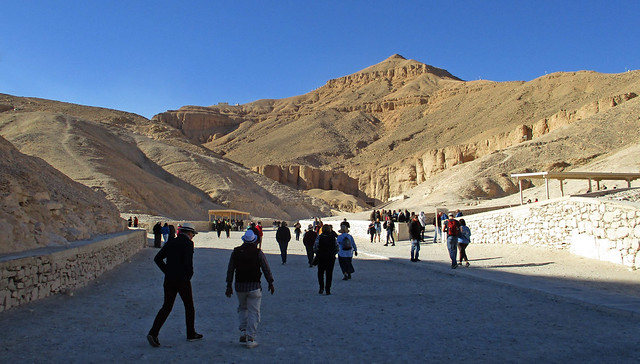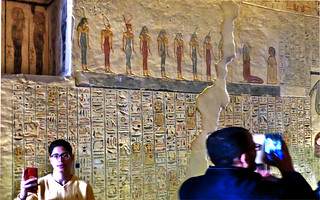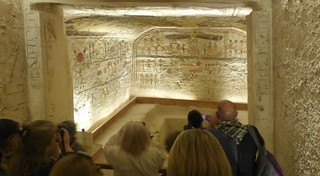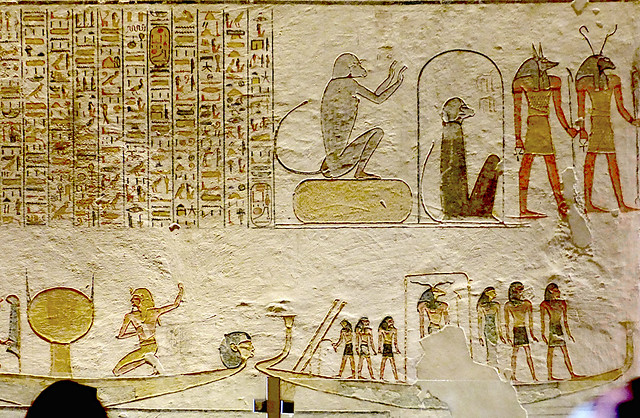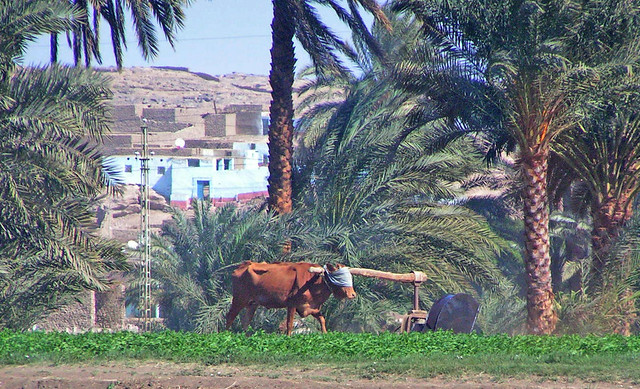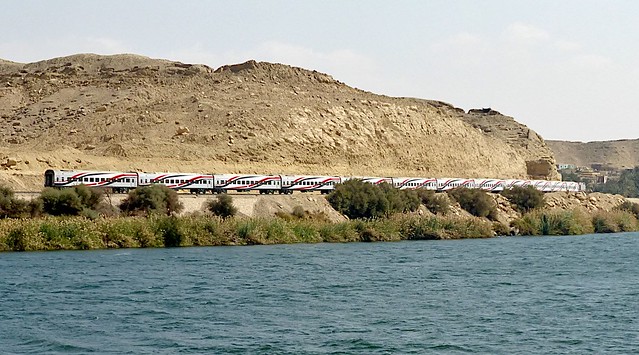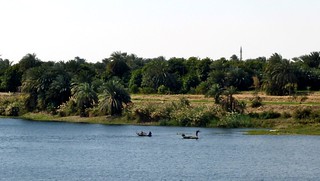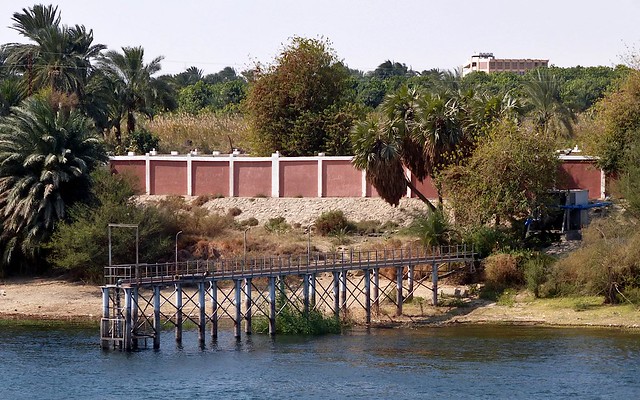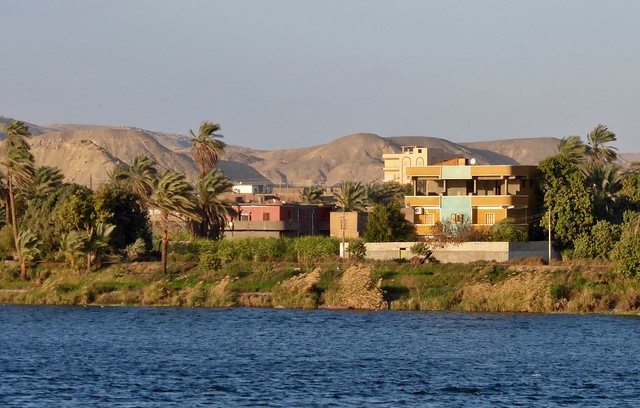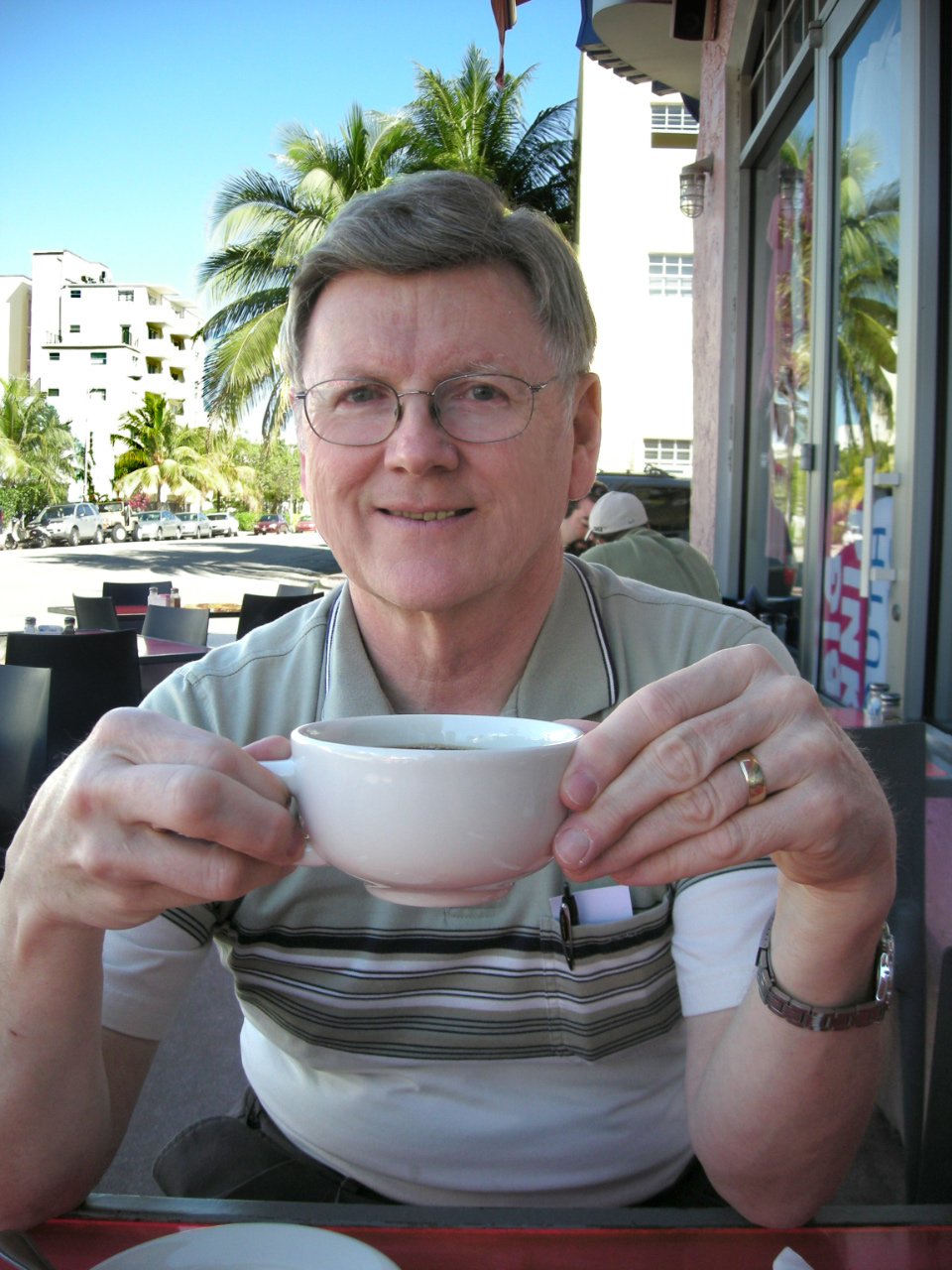Any tourist visiting Egypt will ultimately end up at three places: a perfume shop, a papyrus store and an alabaster factory. Some may visit four, including a carpet factory. In each case, they will receive an interesting explanation of how the product has deep roots in Egypt, and shown how it is produced. A convenient retail sales operation, of course, is located at the factory.


This year, we stopped to visit at Sekhmet 2 for Alabaster, very close by Hatshepsut's temple. I don't know if there is a Sekhmet 1, but this place has at least one 5-star review on Trip Advisor. Two years ago we stopped at Monaliza Alabaster. I was shocked, shocked! to find a Reddit thread discussing these factories as scams.
If you ever go to one of these factories, my advice is to thoroughly enjoy the demonstrations and the tea or soda that will be brought to you. (I put a short video of our previous visit to Monaliza on YouTube.) If you choose to buy anything, set a top price in your mind, start low, never go over what you intend to spend. Have fun negotiating! Don't be afraid to walk away, the salesman will eventually meet your price.
Sekhmet 2 for Alabaster has an excellent selection and display of various stone souvenirs.

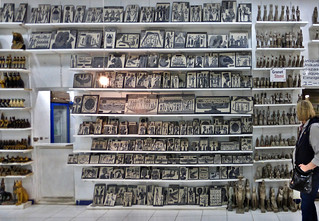
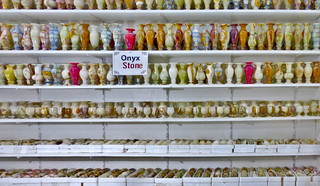
Not surprisingly, there is another souvenir shop right across the street with more tourist buses parked in front.

We almost always buy something at these places, it helps keep the economy rolling and someone back home can always use a pyramid or statue of some Egyptian god such as Min.

